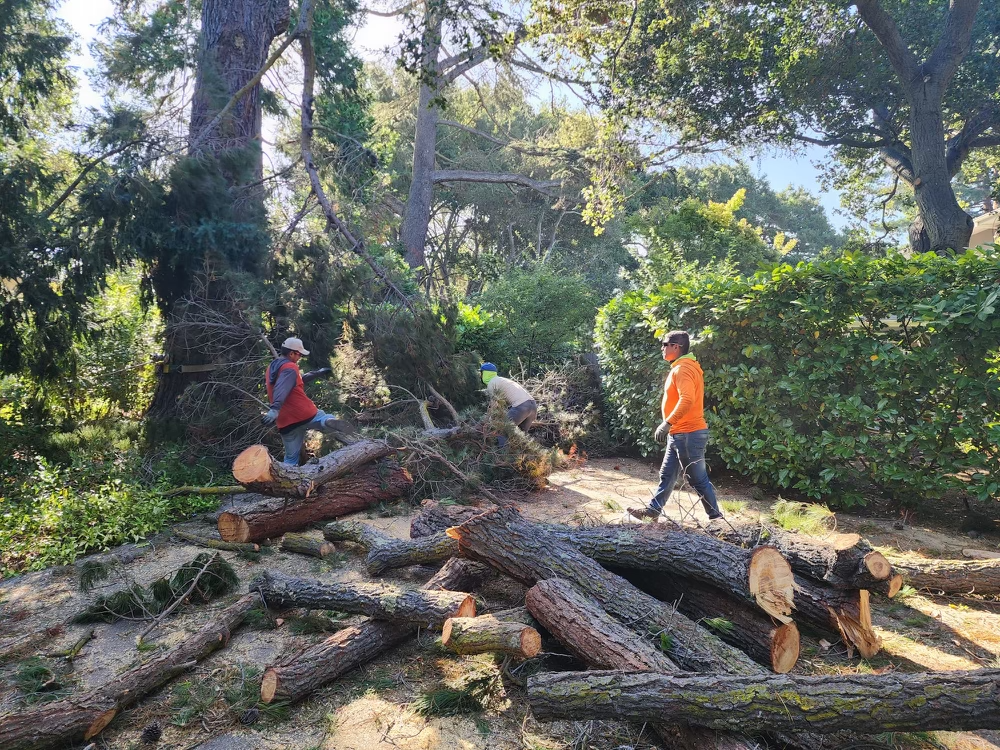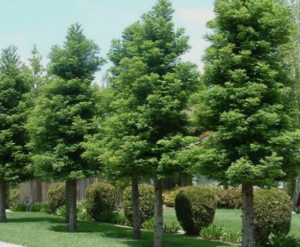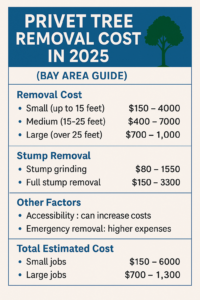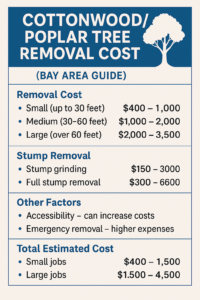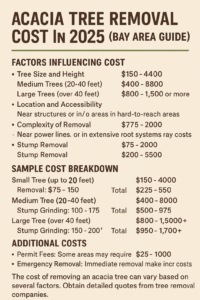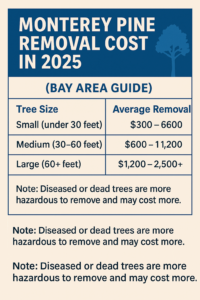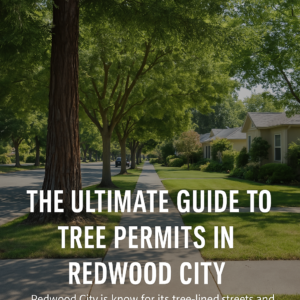Your yard is more than just a patch of grass, trees, and flowers; it’s a living, breathing ecosystem that needs regular care and maintenance. Trees are majestic beings that usually enrich your outdoor spaces, but there are times when they must be removed for the greater good. Below, we explore 20 critical reasons why you should consider removing a tree, some of which may surprise you.
1. Tree is Dead or Dying
The most obvious reason to remove a tree is when it’s dead or dying. When trees are at the end of their life, they start rotting, which weakens their structure. Because these trees lack a solid structure, they risk dropping their limbs or falling over. Dead or dying trees are dangerous if they’re close to people, property, vehicles, or utility lines.
2. Structural Weakness

It’s not only dead trees that lack a sturdy structure. Trees with multiple main stems, branches growing at awkward angles, or unbalanced crown shapes are also more likely to lose their branches or topple unexpectedly, particularly during stormy weather. Other signs of structural weakness that show it’s time to consider removing a tree include vertical cracks, big wounds, or hollowness in the trunk.
3. Tree Diseases
Trees can suffer from various diseases, such as oak wilt, root rot, and fire blight. Diseased trees are a double threat. First, they’re a health hazard to other plants because they can infect neighboring flora and spread disease around your garden. Second, sickly trees are also a safety hazard as they’re more likely to develop structural weaknesses that increase their falling risk.
4. Pest Infestation
Trees infested by pests like emerald ash borers, Asian long-horned beetles, or bark beetles can decline quickly and infect surrounding vegetation. If sprays, injections, and trimming can’t contain the infestation, the tree might need to be removed to prevent a widespread pest attack. Trees must also be removed if pests’ feasting has made their trunks and limbs brittle and breakable.
5: Storm Damage

Bad storms can be brutal to trees, stripping them of their limbs and leaving them structurally unsound, stressed, and more vulnerable to pests and diseases. Trees that have taken a real beating (look for damage covering 50% or more of the tree, lopsidedness, or leaning) should be removed for a safe environment.
6. Proximity to Power Lines
Trees growing close to power lines aren’t just a bother; they’re a safety risk that can cause fires or power outages. Ideally, trees under power lines shouldn’t grow higher than 25 feet. Those stretching beyond this height need to be trimmed or removed. Don’t be surprised if a utility company cuts or removes a tree that’s getting too close to its lines.
7. Roots Impacting Foundations
Root systems can grow above the ground, pushing soil, paving, and even building foundations aside as they expand. Tree removal might be the only way to stop rogue roots from destroying the surrounding built environment. Maples, sycamores, oaks, and other giant tree species are among the trees most likely to develop surface roots.
8. Blocking Essential Views

However spectacular a sprawling tree laden with leaves may look, more important views can be hidden behind the lush foliage. For example, trees can block scenic views or, more worryingly, traffic signs and motorists’ views at intersections.
9. Obstructing Construction
Trees can get in the way of constructing new buildings, driveways, or other structures. And even when construction proceeds smoothly and safely around existing trees, there’s a risk the trees won’t live long after the home improvements are complete. You should consider removing a tree unlikely to survive a post-construction change in growing conditions.
10. Safety Hazards
Overhanging limbs can threaten utility lines, property, vehicles, and people during bad weather or if they’re weakly attached to the tree. Removing the safety threat is often possible by trimming the limbs instead of taking down the whole tree.
11. Environmental Concerns
A tree may be removed for environmental restoration projects, where indigenous flora needs to be re-established for ecological balance. Natives boost biodiversity and help wildlife and pollinators thrive.
12. Legal Reasons
Local laws may dictate that trees must be removed for various reasons, such as public safety or invasive species control.
13. Invasive Species
Non-native trees that spread aggressively can choke out indigenous vegetation. These invasive alien species often need to be removed to preserve local ecosystems.
14. Tree is Aging
Like all living organisms, trees have a lifespan. You should consider removing an aging tree that’s become highly susceptible to diseases, pests, and structural weaknesses.
15. Economical Reasons
Sometimes, the cost of regular tree maintenance exceeds its value. In such instances, removal can be a cost-effective solution. Short-lived species with no sentimental importance that don’t offer benefits like screening and noise buffering might not be worth high upkeep costs.
16. Improved Aesthetics
In landscape design, a tree may not fit the desired aesthetic and you may consider removing it to free up space for more suitable plantings. But ensure that you and your city are on the same page about replaceable trees before you swap the old for the new. Check your local regulations to see if you need a permit to remove the tree spoiling your yard’s look.
17. Utility Installation
Trees might need to be removed to allow new utilities like gas lines or sewer systems to be installed properly and safely.
18. Competition for Nutrients
Suppose one towering tree hogs sunlight and soil nutrients, stopping other plants from getting what they need to flourish. Then, you should consider removing the tree for your yard’s overall well-being.
19. Allergy Problems

Certain tree species release pollen or other allergens, which can be troublesome for people with sensitivities. Removal can ease these health concerns–but track down the culprit first.
Surprisingly, trees with showy flowers are unlikely to be the cause of your runny nose and itchy eyes. You must watch out for the ones that produce lots of fine pollen, like oaks. Check this list of top allergy-triggering trees and have yourself tested to confirm the species behind your symptoms.
20. Emergency Situations
Trees must be removed during emergencies, such as natural disasters, when they immediately threaten people, power lines, or property. There’s no wiggle room here. Trees must go if they’re likely to cause accidents, injuries, or damage. And fast.
Conclusion
Knowing when a tree must be removed is essential to your yard’s safety, beauty, and overall health. Losing one that’s shaded your BBQs and rewarded you with springtime blossoms for decades is heartbreaking. Still, if it experiences any of the 20 issues we’ve glanced at, you should consider removing the tree to protect your property and contribute to the well-being of your local ecosystem.
